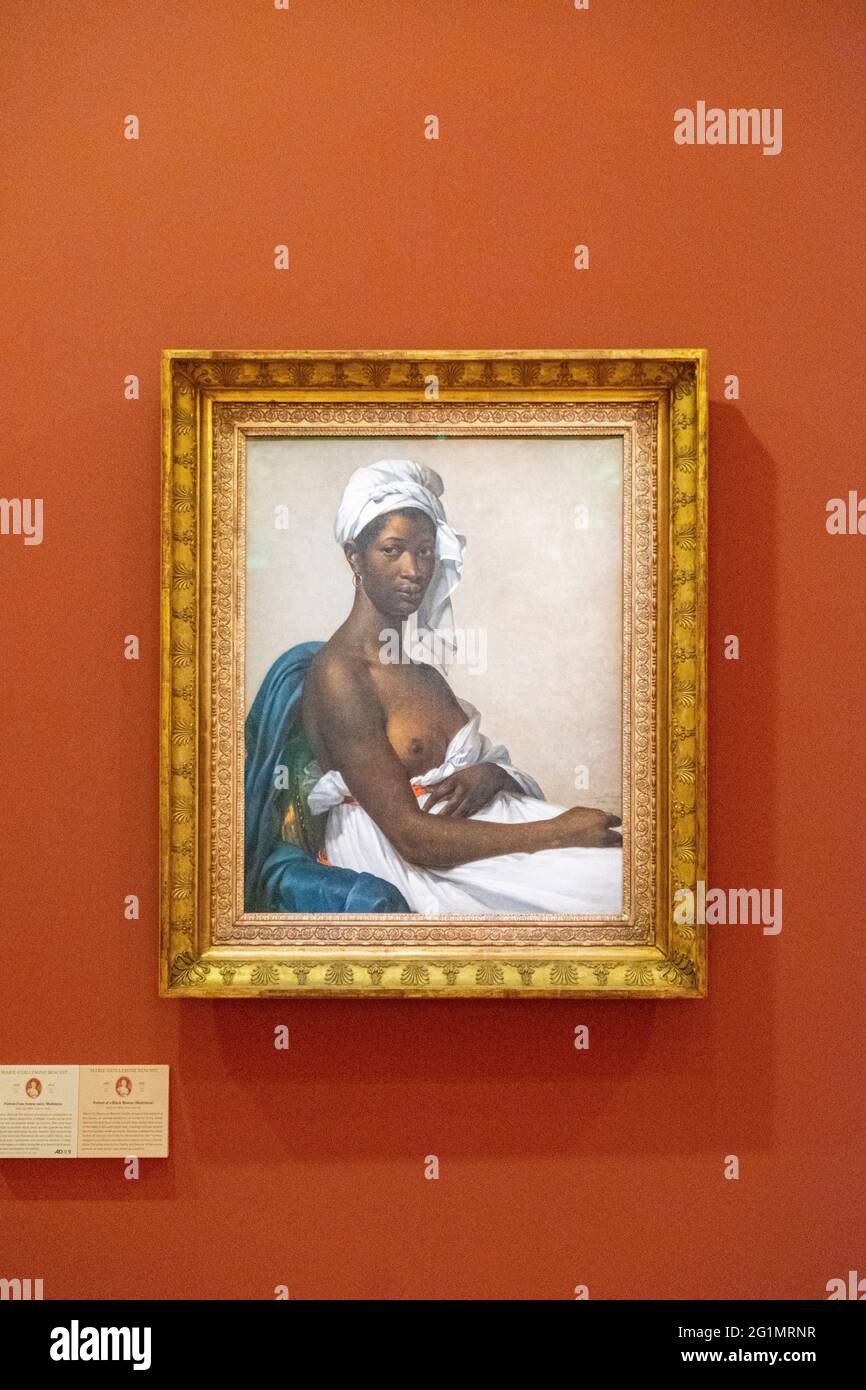

This raises questions about the motivations for freedom, both from the perspective of the manumitter and the manumittee.īy analyzing large data sets on manumission, historians of slavery have previously revealed a shift in the pattern of manumission and a change in the types of kinship that were connected to the manumission process. Whereas the manumittee was released from life in bondage, his or her (fictive) kin was not. Manumission was a long and costly process for both the manumitter and the manumittee, albeit for different reasons. Manumission was only granted to a small group of people and resulted from long-standing relationships between the enslavers and enslaved in question. People were enslaved, freed, and sometimes re-enslaved, showing the precariousness of freedom in these worlds.

In the early modern Atlantic world, the paradox between slavery and freedom lay at the core of the functioning of its slave societies.


 0 kommentar(er)
0 kommentar(er)
